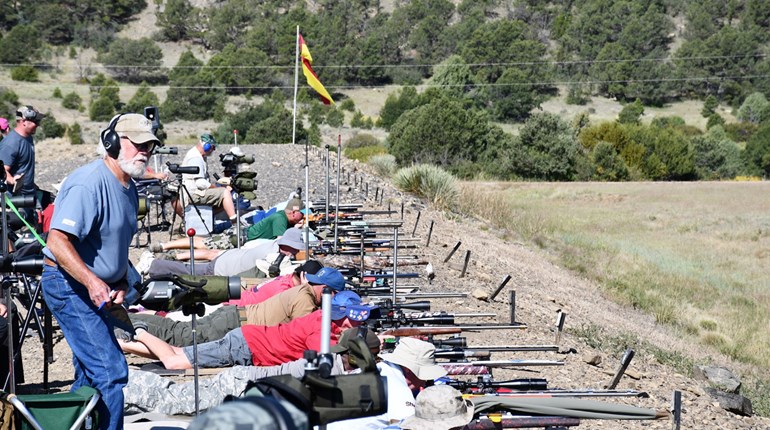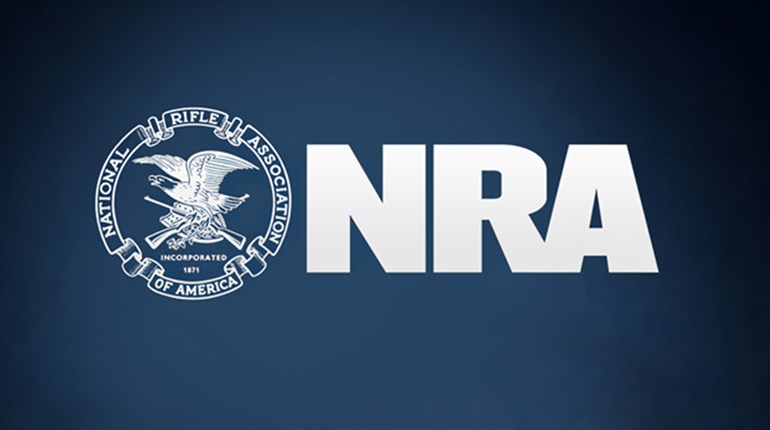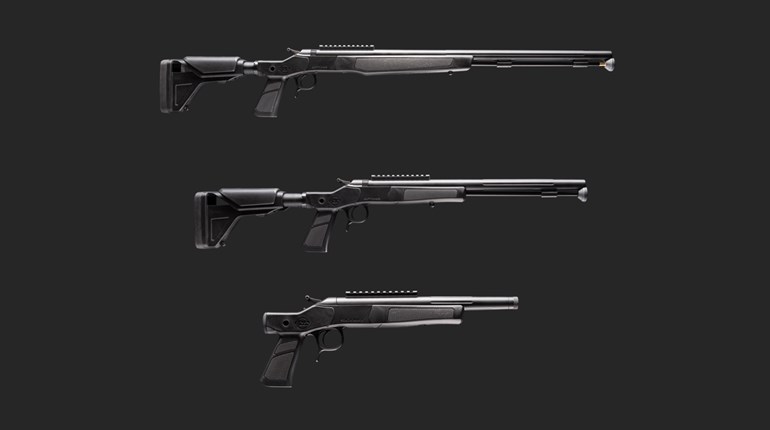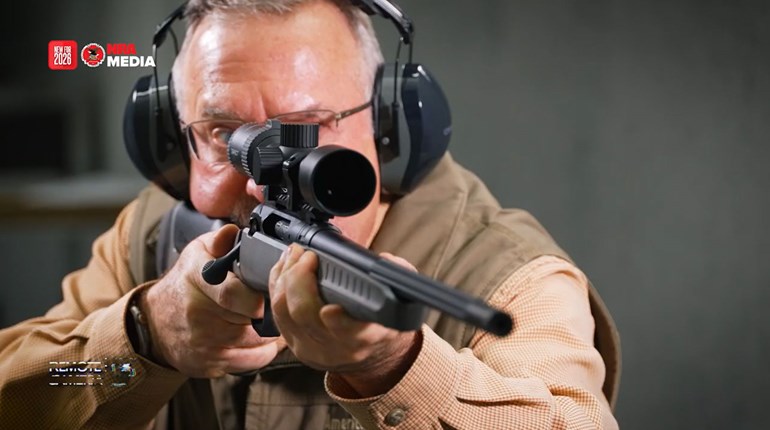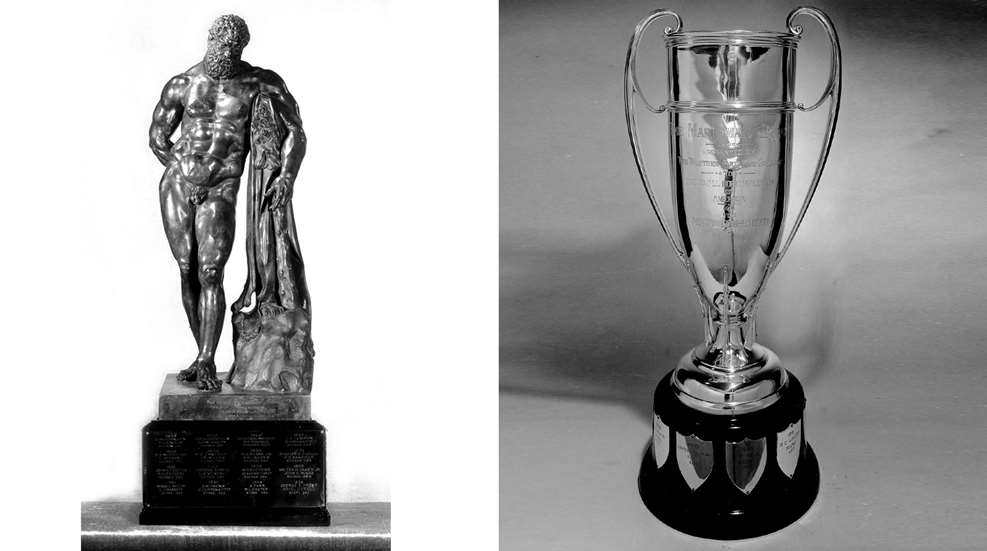
Editor’s note: If you haven't already, be sure to read Part 1, Part 2 and Part 3 of this series on NRA competition history.
The year 1918 saw America and the rest of the world at peace, and contrary to its past behavior, after the war the War Department began to take an avid interest in marksmanship. WWI had seen firearm benefits for America beyond the well-honed rifle skills of the individual. As the War Department continued sanctioning its end of the National Matches to promote the training of soldiers for the front, the Small Arms Firing School was added to the curriculum. This school produced, with the first prevalent use of the Colt Model 1911 Government .45 ACP, some of the most outstanding individual marksmen of the time―this discipline was recognized as a useful combat skill as well as a popular peacetime recreation.
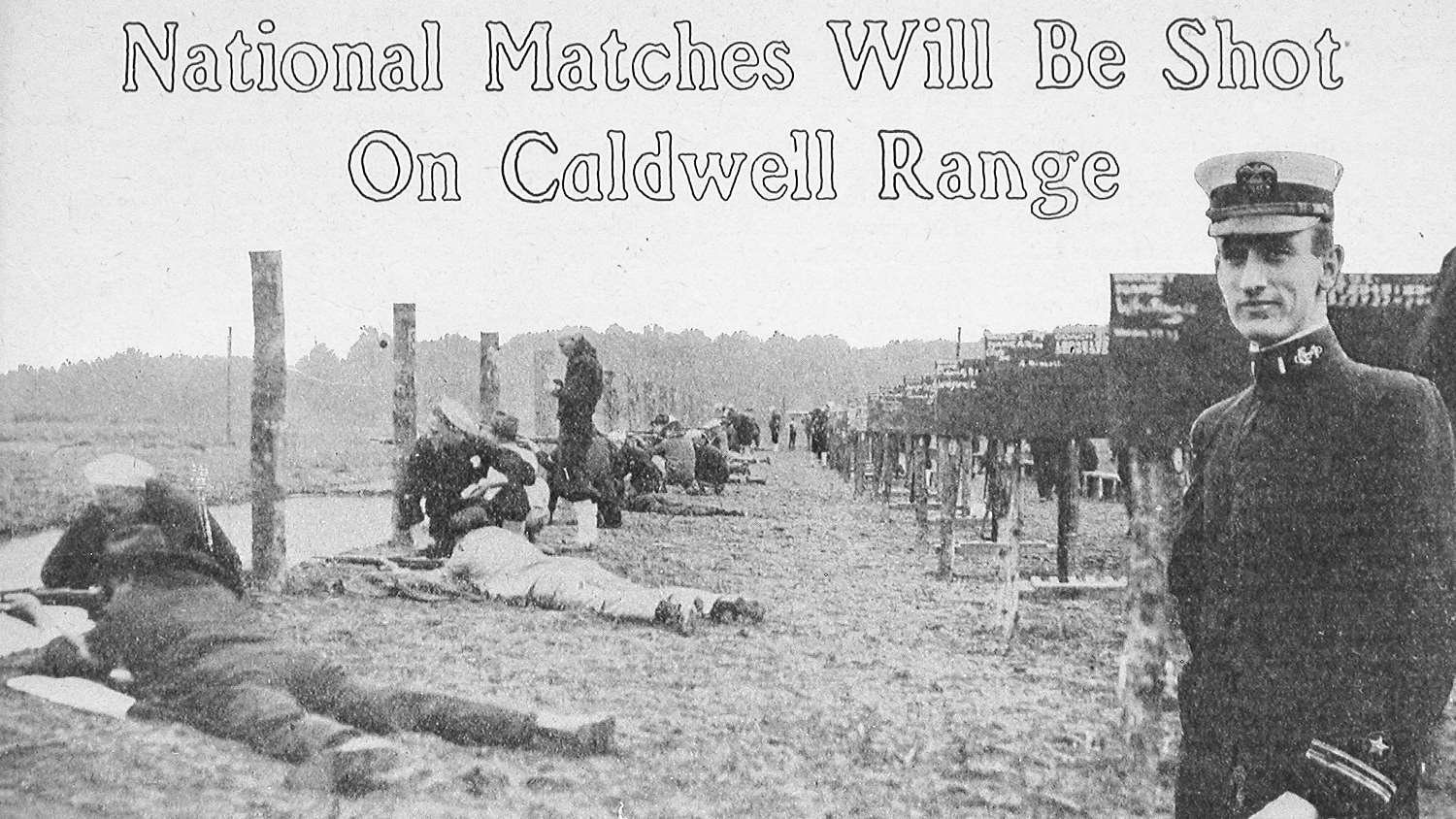
The War Department’s other programs drew support as well. Since .30-caliber ammo was still in short supply at the time, aid was given to expanding the .22-caliber and smallbore programs. Scaled down targets and courses-of-fire became prevalent at the site of the 1919 National Matches, this time held at the new Navy Rifle Range in Caldwell, NJ. Here the spirit of renewal, rediscovered peace and the new range were commemorated with the statuesque Crescent Cup, a silver, wide-mouthed cup with scrolled handles, presented to NRA by the Crescent Athletic Club of Brooklyn, NY. Awarded from its date of origin through 1968 to the high scoring U.S. Navy competitor in the President’s Match, the cup has been awarded since 1978 to the high scoring shooter in a 20-shot, slow fire match in the standing position at 200 yards.
Just as soon as the government jumped on the postwar, marksmanship bandwagon, it jumped right back off. The inevitable post-war “economic blues” saw the government turn its back on the recently learned lessons of marksmanship. The largest consequence was the cut to the military budget. Creating profuse distress in the shooting program to which it was so closely linked, NRA soon realized just how fickle was its bedmate. The message the U.S. Government gave was deemed nothing other than narrow-minded and short-sighted: preparedness is fundamental only when a dire emergency is already upon its people. Yet NRA forged ahead with the 1922 National Matches, enlisting its own support from each state’s adjutant general to provide team participants. This recruitment served to prove the organization capable of sustaining a “business as usual” approach under its own steam.
Smallbore Interest Soars
During the three years following WWI, the shooting sports took hold like never before. In keeping with the public’s competitive spirit, several new trophies came into existence. Many were donated by equipment sponsors and in special appreciation of the increasingly popular smallbore venues. One of the first was the Hercules Trophy, a bronze replica of the ancient statue of Hercules and, of course, donated by the Hercules Powder Company―now known as Alliant. It is currently awarded to the high four-man team in the NRA smallbore 3-position 50 yard metallic sight team match.
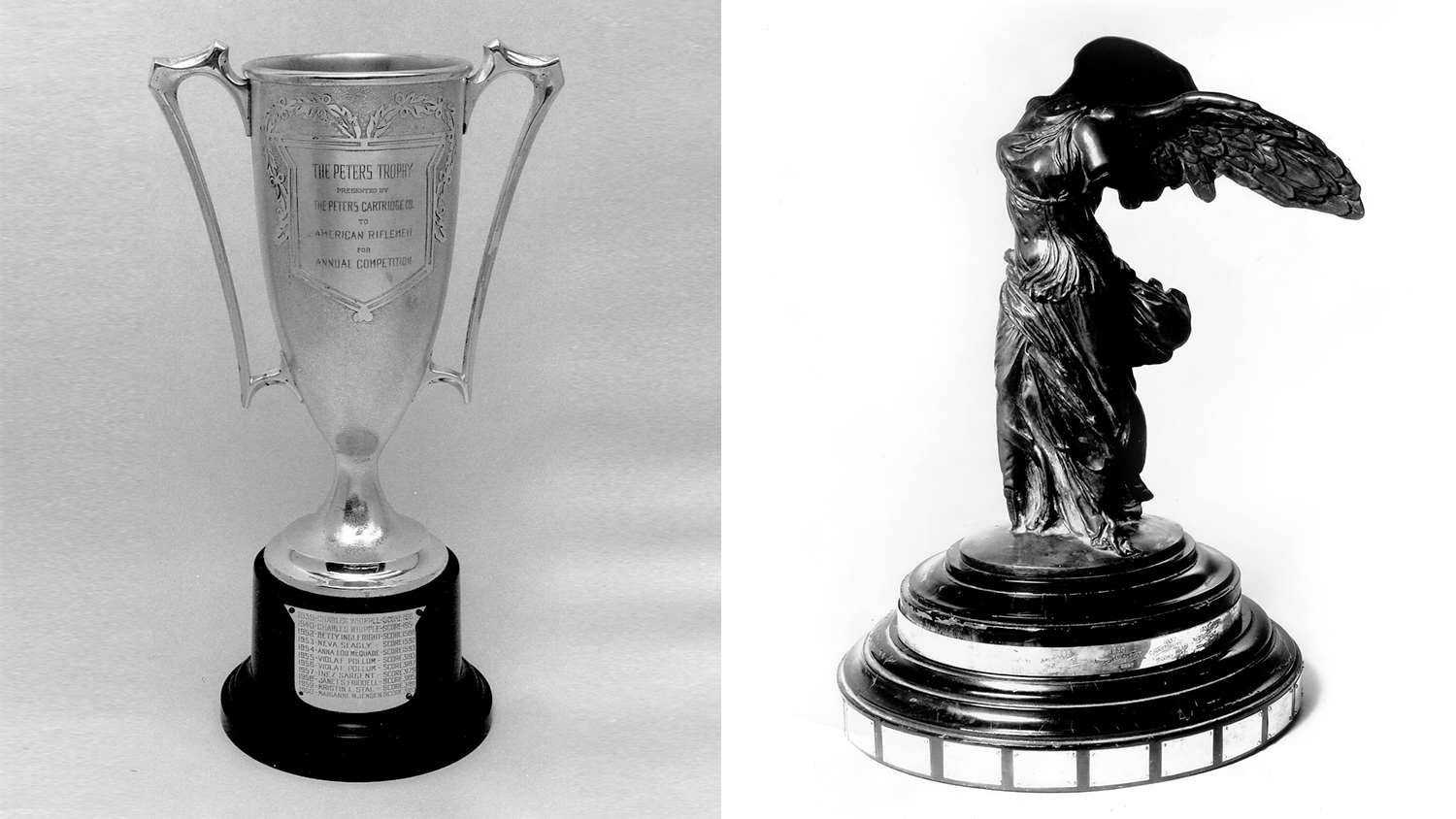
The Peters Cartridge Company Trophy is a traditional loving cup, but one with squared-off handles, and was donated by Peters―later on becoming a division of Remington. The cup is awarded to the high-scoring woman using metallic sights in a 320-shot match that includes two Dewar courses. The Remington Trophy, a very elegant loving cup donated by the Remington Arms Company, started out as an award to a four-man .22 Long Rifle team firing an aggregate of 80 shots at 150 yards. Today it is awarded to the high scoring woman competitor in a 640-shot match consisting of four Dewar courses in the NRA National Smallbore Rifle Championships.
Another trophy that portrays the evolution of women’s inclusion in the shooting sports is the Western Cartridge Company Trophy, perhaps more commonly known as the Marksman Trophy. Donated by the Western Cartridge Company―now a division of Winchester/Olin―the 1923 inaugural presentation was to the winner of two, eight-man teams, one team coming from each of the East and West sides of the Mississippi River. Today, the award goes to the high-scoring woman of a 320-shot course in the Smallbore Prone Any Sight Championship.
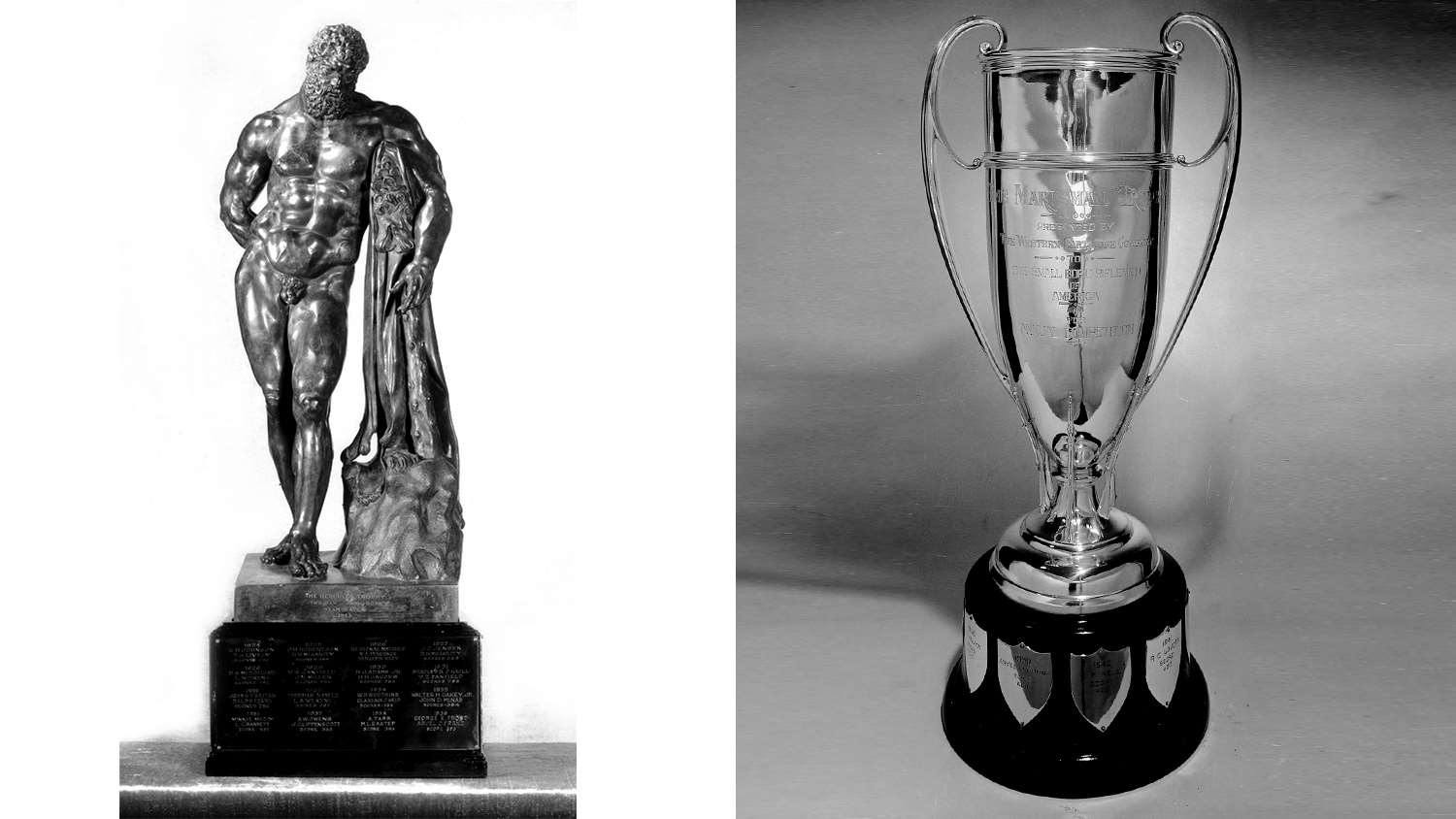
In a departure from the prevalent western theme in bronze artwork trophies exhibited, a flare for foreign artwork momentarily entered the picture. The Caswell Trophy is a miniature of the ancient French statue “Winged Victory.” Donated in 1923 by an internationally famous sportsman and soldier of his day, Col. John Caswell intended the bronze for award at the NRA National Matches for competing National Guard, civilian, armed services, CMTC and ROTC six-man teams shooting smallbore metallic sights over the Dewar course. Today, it is awarded to the highest four-man team in the 50 meter, NRA 3-Position Any Sight Match.
As lovely as the internationally flavored Caswell piece is, the spirit of the west has always been a theme in non-loving cup trophies. The 1923 U.S. Cartridge Company Trophy, currently awarded to the NRA National Prone Any Sight Champion, continued to emphasize the romance and heritage of the Wild West―all good cowboys carried guns to ward off cattle thieves, train robbers and livestock marauding grizzly bears―and the public’s fascination with the American Indian. The trophy is a miniature copy of the original statue, depicting a bareback Indian, his hand shielding his eyes as he scouts the distant horizon from astride his horse. The trophy is often referred to as, “The Scout.”
High Power Revived, Police Become Competitors
Even as smallbore disciplines thrived in the aftermath of WWI, high power disciplines were not forgotten. Perhaps the most unique example of bronze trophy works in the 1920s is the DuPont Trophy. Donated in 1923 by the E.I. DuPont de Nemours Company, and awarded now to the NRA Service Rifle National Champion, the trophy, in a departure from the western bronzes, depicts a medieval, military bowman about to release his fully drawn arrow.
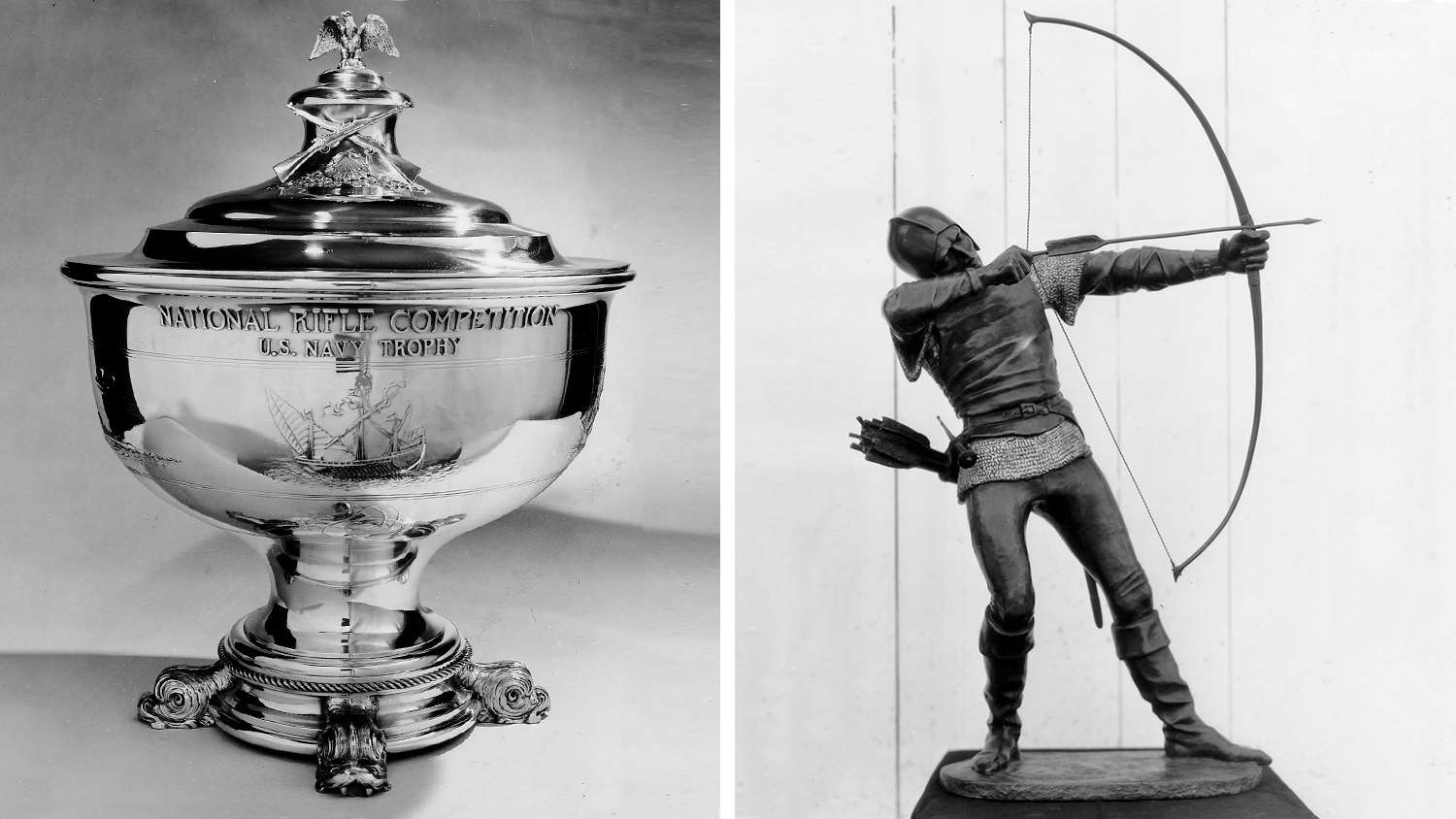
One of the most emotionally moving bronze creations from the same era that is still in competitive existence is the outstanding casting by Charles Schreyvogel, “The Last Drop.” Known as the Crowell Trophy, the statue depicts a U.S. Cavalryman from the last quarter of the 19th century, emptying his canteen into his hat for his horse to drink from. The images of individual fortitude and sacrifice are clearly seen in this sculpture. Donated to NRA in 1925 by the Honorable Benedict Crowell, assistant secretary of war from 1917 to 120, the award was originally given to the winner of the 1,000-yard phase of the Palma Match. It is now its own 600-yard, 20 shot, slow fire prone match, fired with either a service or NRA match rifle.
Two trophies that highlight the fraternity of military life and its origins in competitive shooting are the Navy Cup and the Coast Artillery Trophy. Donated in 1923 by the U.S. Naval Association, the Navy Cup is a large, four-footed bowl, the side of which is engraved with the scene of an ancient naval battle. Offered in a 200-yard service rifle match, the trophy’s lid is adorned with an American eagle atop the finial’s crossed, 1903 service rifles. The Coast Artillery Trophy is a lidded, traditional loving cup, engraved with the figure of a uniformed 1920s soldier. This cup from the Coast Artillery Association was also introduced in 1923 and was first awarded annually to the high scoring shooter of that association in the President’s Match. It is now a separate match consisting of 20 rounds rapid fire from the prone position at 300 yards with NRA match or service rifles.
The first Police Revolver Team Match was held at the 1919 National Matches. The event was not a success with only the Philadelphia Police Department making an appearance, however, when the 1923 National Matches rolled around, police competition was really brought up to speed.
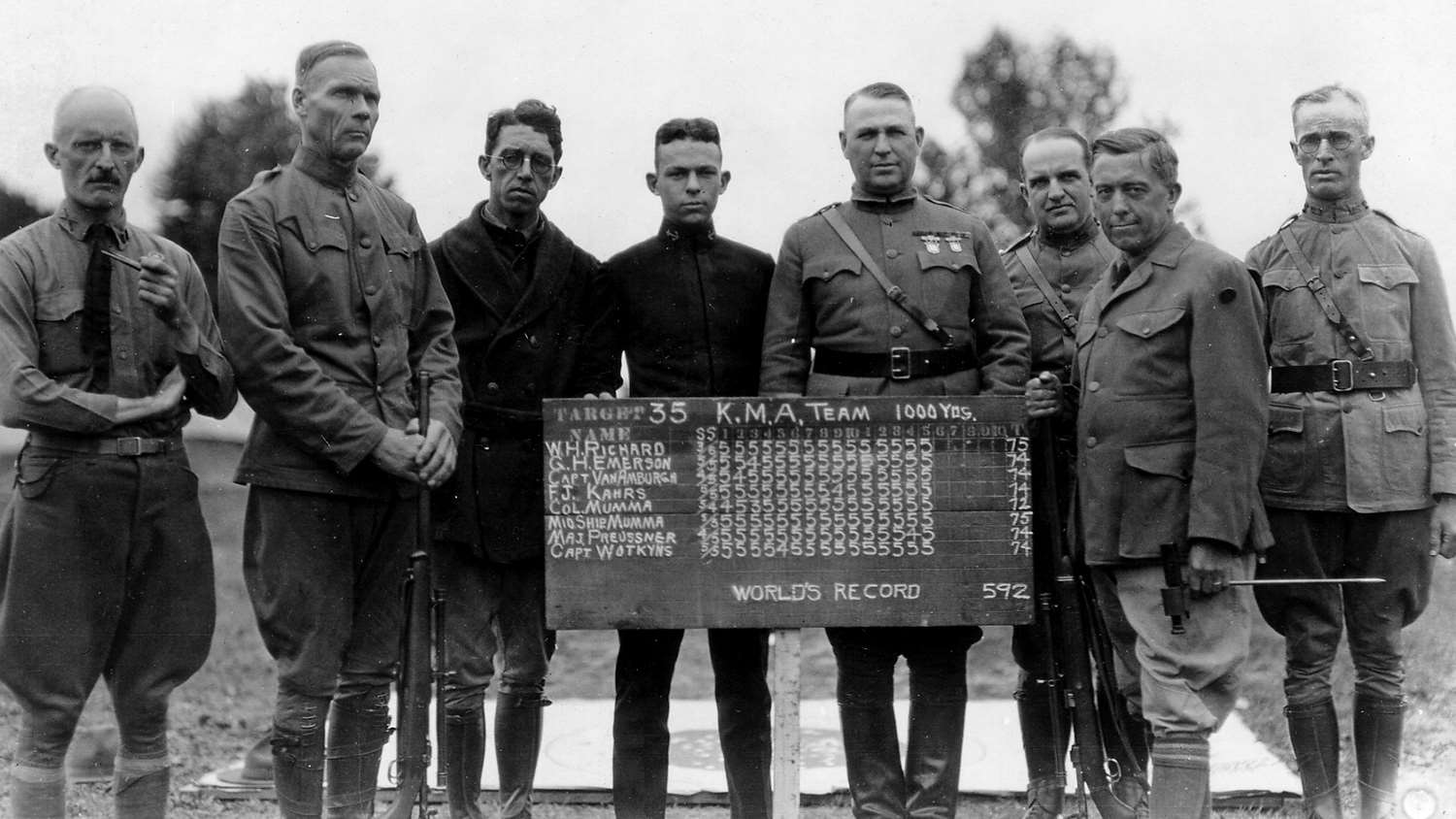
Largely responsible for the increased number of police competitors and interest in police marksmanship was Col. Morton Mumma, replete in shooting accomplishments and famed organizer of the Small Arms Firing School at the very end of WWI. In response to a nationwide slew of train robberies, Mumma had developed a training course for railroad mail clerks. NRA quickly started its own police-training program based in large part on Mumma’s work with the railroad employees. At the same time, local police chiefs across the nation were realizing just how poor the shooting skills were of their own street officers.
Gaining momentum over the next several years, the police program started to soar with the election of Brig. Gen. Milton Reckord as an NRA executive officer in 1926. Reckord brought an unending zest for work, a sterling reputation and much talent with him to NRA, and soon after his election initiated two police-only pistol tournaments. In memory of his outstanding contributions within NRA to police marksmanship, and especially of his many contributions in the smallbore competitive arena, there is now an imposing bronze eagle, about to fly, but still perched atop a knotted wooden base known as the Maj. Gen. Milton A. Reckord Trophy. This monumental sculpture was commissioned by the NRA Board of Directors in 1976 to be awarded in Reckord’s memory during the NRA Indoor National Championships on an international course-of-fire.
These new police matches were fired under postal conditions so that officers could utilize their own firearms and ranges, thereby gaining personal proficiency. One of the first trophies placed in police competition in recognition of improved shooting skills was the Sobel Trophy. A 2-foot high bronze statue that depicts a uniformed Toledo, OH, police officer in the act of drawing his pistol, the trophy was placed into awards duty in 1928 by Louis Sobel of Toledo, a first lieutenant in WWI’s 91st Infantry Division.
1920s Bronzes
In addition to the Sobel Trophy, bronze works in general regained popularity as award presentations during the mid to late 1920s. Three in particular retain their fine reputations and continue to enjoy sponsorship in competition.
The first of these to appear was the North American Trophy―the exact year is unknown. The streamlined statue of an American Indian standing with arms crossed defiantly across his proud chest was apparently a study figure for a larger work called “The Coming of the White Man,’ commissioned for placement in a Portland, OR, park. Donated by Brig. Gen. Bird Spencer, this trophy was first awarded in international military rifle competition through the American International Riflemen and later by NRA after the trophy’s donation to the Association. It has been awarded to the high junior in the NRA National High Power Rifle Championship since 1969.

The second trophy of note is the Lee O. Wright Memorial Trophy, given to NRA in 1925 to commemorate Maj. Lee O. Wright of the U.S. Ordnance Department, killed in the line of duty in February of that year. The Wright Trophy is a simple nude study of a man, a work probably based on the Greek mythological figure, Icarus. The statue, whose arms are winged and raised parallel to the ground, symbolizes man’s desire to fly. Originally awarded to the winner of the 15-shot, 800-yard, slow fire Wright Memorial Match using service rifle, it is now awarded to the NRA National Match Rifle Champion, an aggregate of the Vandenburg, Nevada and Clarke Trophy matches.
In 1929, the National Guard Association, always a competing force to be reckoned with, presented the National Guard Association Trophy to be awarded to the high-scoring National Guard competitor in the President’s Match. A Roman gladiator posed on a squared-off, pyramidal-type base, holds his shield in one hand, sword ready for the upthrust in the other. To this day it remains the property of the National Guard Association and has been awarded since 1971 to the high individual National Guardsmen in the NRA Service Rifle National Championship.
*Note: This is the final installment of a multi-part series. For a continuation on the history of NRA trophies, visit competitions.nra.org/nra-national-trophies.aspx. This series would not have been made possible without the expertise and guidance of the NRA Competitive Shooting Division and NRA National Firearms Museum staffs. Information was also collected from Americans and Their Guns, by James B. Trefethen and James E. Serven.
As noted throughout the series, many trophies have vague histories while others are still missing. If you have information regarding the mysteries surrounding the Palma, North-South Trophy, Astor Cup, or know of the whereabouts of other trophies, call (877) 672-6282 or email [email protected].














